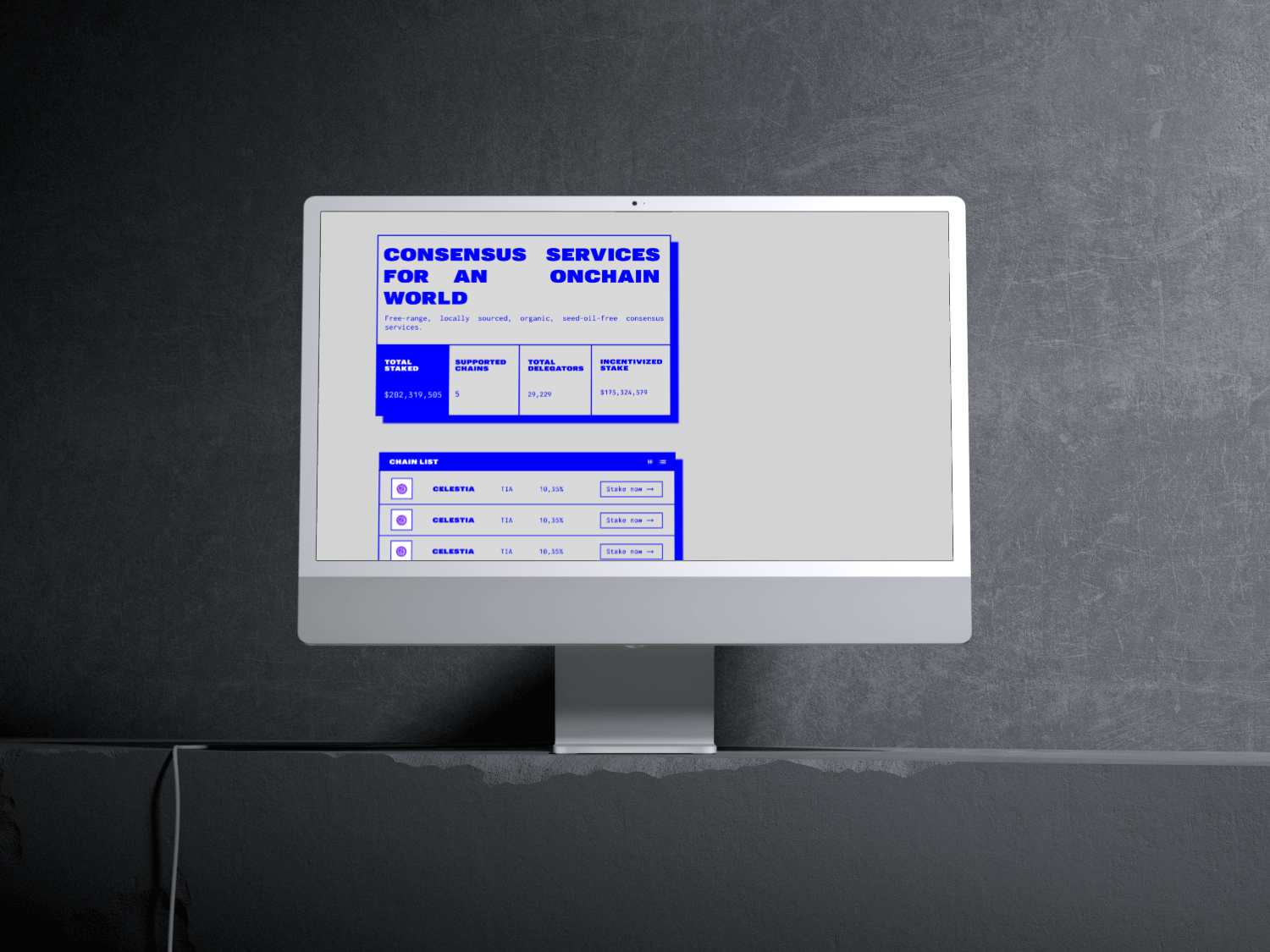Last updated:
July 01, 2025
What Is Digital Strategy?

If your business is building without a digital strategy, you’re gambling.
Digital strategy is not just a buzzword. It’s the systematic planning, execution and refinement of how your business uses technology, content, data, and automation to drive results. In short: it’s the blueprint behind everything digital that actually performs.
Digital strategy vs. digital marketing strategy
Let’s clear this up fast:
Digital marketing strategy is about attracting and converting. Think: SEO, content, ads, email flows. Digital strategy is about structure and intent: how all those things work together to support your goals, systems and team.
It can (and should) include marketing — but it also addresses
- Tech stack decisions
- Internal processes
- Customer experience
- Content governance
- Analytics & attribution
- Workflow automation
- Internal editing systems (Notion, Airtable, CMS)
Why it matters
Without it, you’re just layering tools and trends on top of guesswork.
A strong strategy helps you:
- Move faster by reducing chaos
- Stay aligned as you scale
- Stop relying on disconnected tools
- Turn your website into a central operating system
- Design workflows that actually support your team
- Set measurable goals for marketing and product decisions
It connects the dots between what you build and why it matters.
What’s in a good digital strategy?
Whether you’re a SaaS founder, creative studio or B2B scale-up — your digital strategy should cover:
1. Goals
What do you need to achieve next?
More leads? Faster publishing? Lower support costs?
2. Systems
What tools power your operations?
Where does content come from? What happens after someone fills out your form?
3. Team
Who’s maintaining your site, editing content, reviewing data?
Can your current stack support that?
4. Stack
What CMS are you on? How does it connect to CRM, email, docs, forms, analytics, etc?
5. Customer Experience
Is your website doing anything that makes life easier for your user?
Are your flows clear, frictionless, and mobile-ready?
Real-world examples of digital strategy
Starbucks
Built an app that combined payment, loyalty and pickup... Not just digital marketing, but digital infrastructure.
Adobe
Moved from downloadable software to cloud subscriptions a strategic shift in business model powered by digital.
Viralistic clients
Our clients publish blogs directly from AirTable. They don’t log into WordPress, ever. This ensures that all creatives in the business work in a fool-proof environment.
Click here to learn more about Automation and what it can do for your company.
They use Airtable to manage team requests. Automations to update Notion. And it all works because it’s intentional and simple. Clean.
How to build your digital strategy
Start small, but start with clarity.
Here’s our go-to framework:
- Document your current tools and workflows
- Define 1–3 business goals that matter now
- Identify bottlenecks, double-work, and invisible handoffs
- Map how digital touchpoints support (or block) those goals
- Design a smarter, tighter system
- Build once. Then automate, measure, refine
Common mistakes to avoid
- Treating your website like a poster instead of a platform
- Buying tools before you define your needs
- Ignoring internal users (your team is part of the strategy too)
- Copying competitors instead of aligning with your own ecosystem
- Not measuring what matters
It isn’t optional
It’s the foundation of everything that works long-term.
At Viralistic, we build websites, content, and automations — but the reason they work is the strategy underneath.
Want us to map it out for you?
Let’s build something that doesn’t just look good but actually works.
Q & A
How is digital strategy different from digital marketing?
Digital marketing is part of your strategy. But digital strategy includes everything from internal systems to customer experience, automation, and tech stack.
What tools are used in the strategy?
Depending on your needs: Webflow, WordPress, Framer, Airtable, Notion, Zapier, HubSpot, Fathom, GA4, Slack, and more.
Who needs a digital strategy?
Founders, teams, startups, and scale-ups that want to move fast, stay lean, and avoid tech debt.







